Are one-by drivetrains making a comeback to World Tour bike racing?
Despite dropped chain woes of the Giro d'Italia, Jumbo-Visma are bringing one-by drivetrains back to the Tour de France
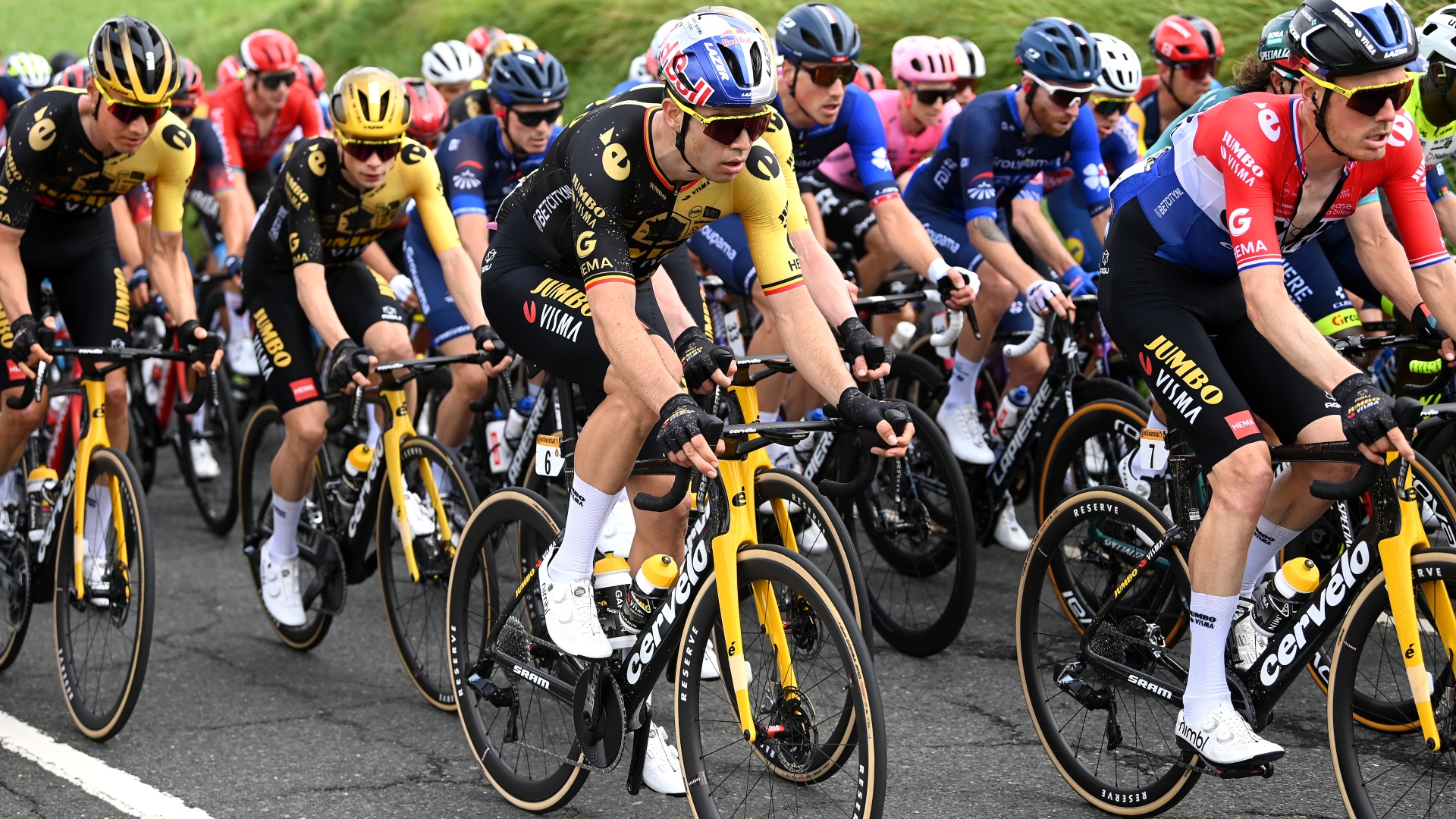

One-by (1x) drivetrains is a topic that holds a fair bit of debate within the cycling world. In the mountain biking sphere, single-ring setups are the go-to option, but over on the road, widespread adoption of the tech has previously been perfunctory at best.
But with the recent resurgence of 1x in the pro peloton (mostly from Jumbo-Visma) - and also in time trials - we have seen a variety of different teams sail to success with a single ring in recent years.
After Primož Roglič's recent Giro d'Italia success with a 1x drivetrain - and Jonas Vingegaard eschewing an inner ring at the Tour de France - we thought we'd dig a little deeper into the topic, and ask whether 1x might become the norm in pro cycling.
Why use 1x?
There are a few reasons why riders and teams alike have experimented with 1x over the last few years, but these vary depending on the application of the setup.
The first and most obvious benefit of a single-ring drive train setup is the weight saving. Even though most setups will have an increased cassette size and, in many cases, a long(er)-cage derailleur, this weight penalty is totally offset by the lack of a front derailleur, as well as losing one of the chainrings.
This, alongside drivetrain efficiency (which we will come on to) is the biggest reason that Jumbo-Visma used single-ring setups for some of the Giro d'Italia earlier this year. On Primož Roglič's road bike, this would have saved an estimated 200-250 grams, even with the larger cassette taken into account.
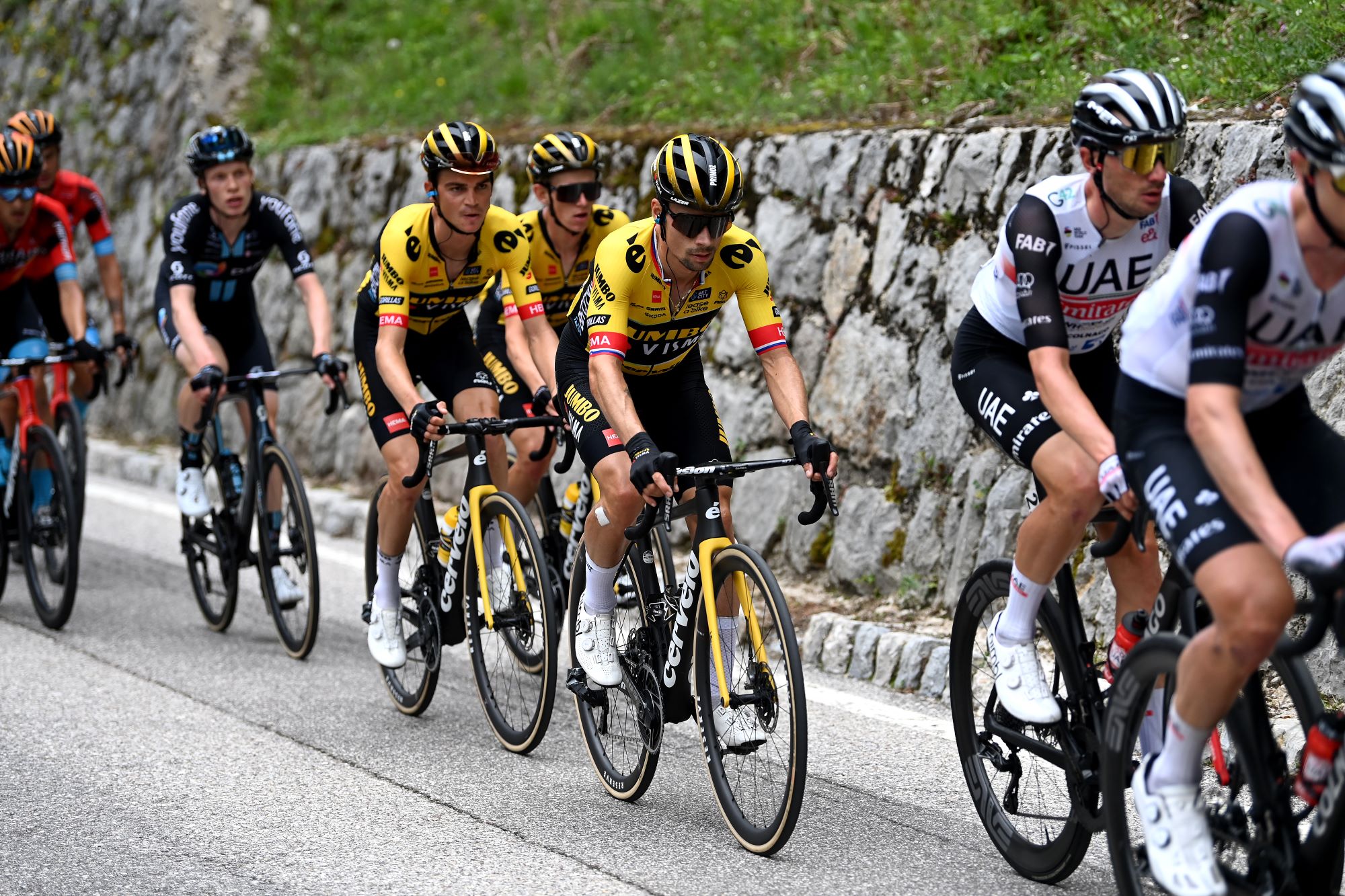
We also touched on drivetrain efficiency - but how exactly do fewer gears make a bike more efficient? Well, strictly speaking, that's not always true. One of the major causes of drivetrain inefficiencies is a result of cross-chaining. This is where your chain is running at an angle, for example, between the big chainring and the largest cassette sprocket.
The latest race content, interviews, features, reviews and expert buying guides, direct to your inbox!
With a single chainring, the chain will typically run at a greater angle when you're in your hardest and easiest gears - at least compared to a 2x drivetrain. With two rings up front, the chain line will typically be a little straighter when in your very hardest and easiest gears.
The benefit of a 1x setup, then, isn't that it is always more efficient, but rather it can be better optimized for certain gearing choices - such as the large chainrings often seen in time trials.
It can be commonplace to see chainrings up to 60t on flat time trials these days, and while someone like Remco Evenepoel is outrageously strong, he probably isn't strong enough to spin out a 60/11 gear on the flat - that would equate to 69kph at 100rpm. The large chainring, though, allows riders to use the middle of the cassette more often, which improves the chain line and therefore saves energy.
It is this knowledge that makes us particularly interested in the setup that Vingegaard adopted in stage two of the Tour de France. The Jumbo-Visma rider opted for a 50t single ring setup, mated to a 10-36 rear cassette. Although that combination provides a good spread of gears at both the top end and low end, it is worth noting that a 50/10 gear would not run as efficiently as a 54/11 - both because the chain line would be more extreme and because the chain would have to wrap around (articulate) a proportionally much smaller sprocket, which introduces more friction into the system.
So, Jumbo-Visma must be inclined to think that the other benefits - which we'll come onto - must outweigh the drawbacks.
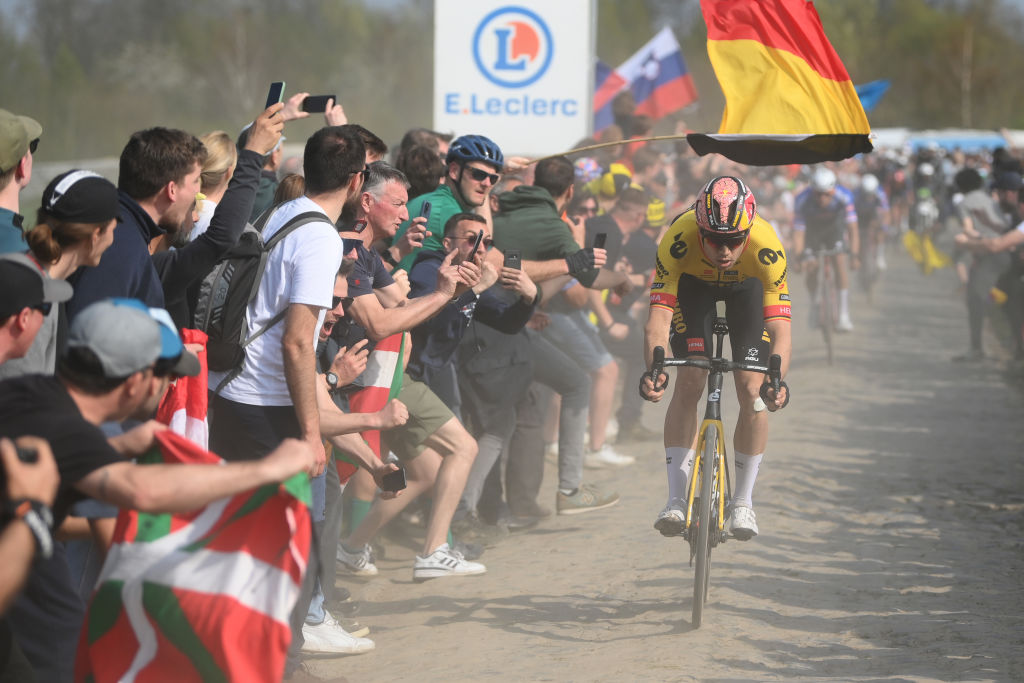
The final consideration is aerodynamic efficiency. Aero gains are here to stay in cycling, and when it is so tight at the top of the sport, teams will always be looking for any gain - no matter how marginal - to get an edge on the competition.
Once again, losing the front derailleur reduces the frontal area of the bike, which allows air to pass around the bike and rider with less aerodynamic drag. As a ballpark figure, taking off the front derailleur can save around five to 10 watts at 45kph race pace, depending on the frameset and derailleur combination. It may not seem like much, but if you offered any pro rider five watts on their FTP (functional threshold power) they would bite your arm off!
1x drivetrains in pro cycling
1x road setups
Single-ring setups at the top of road cycling date back much further than you might imagine (not including the earliest Tour de France machines!), two decades in fact.
British rider David Millar was the first to ditch his front derailleur for aerodynamic benefit in a time trial at the 2003 Tour de France, though he did drop his chain and this was only in a time trial. The first extended use of 1x on the road was in 2018, with team Aqua Blue Sport.
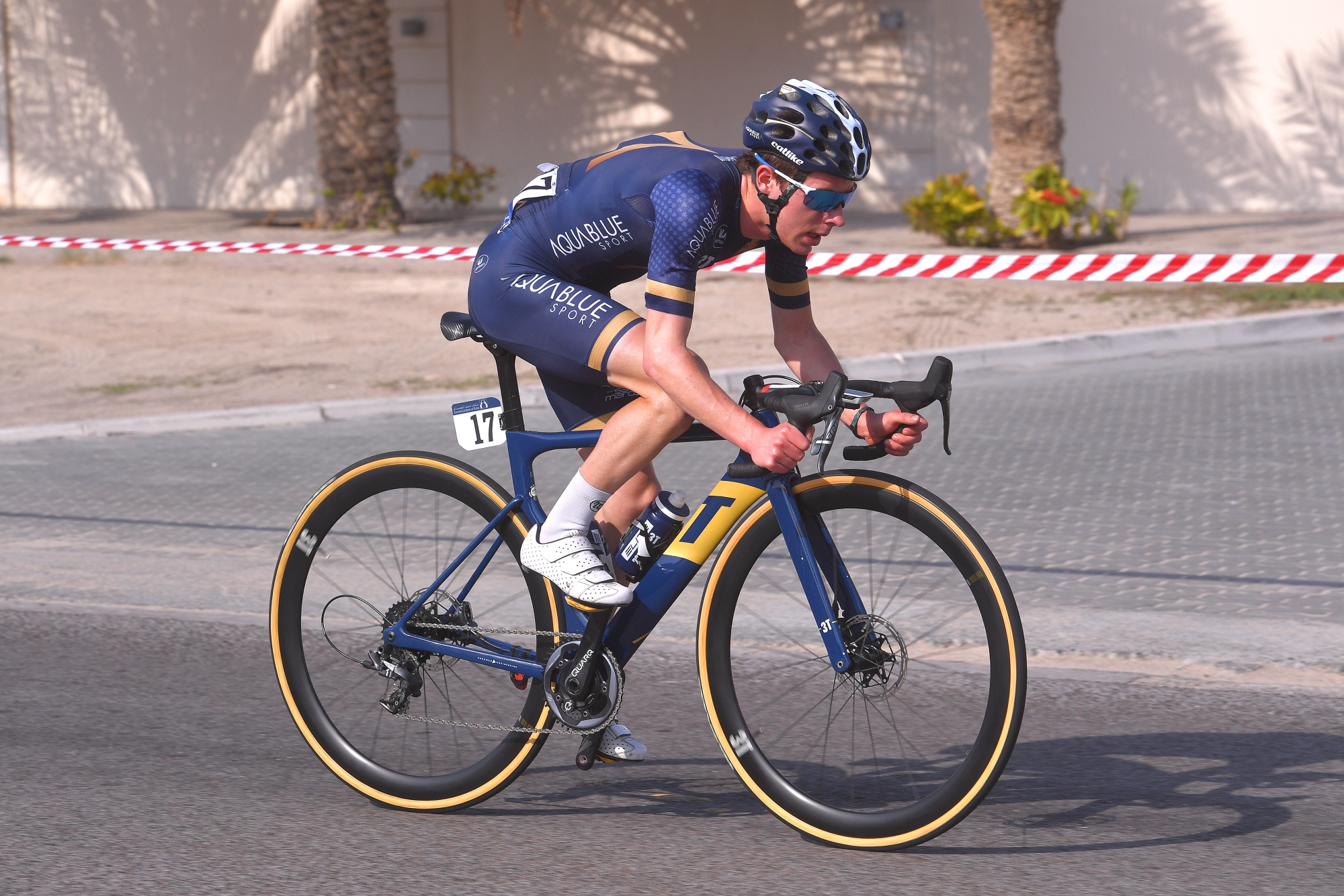
The Irish registered Pro Continental team spanned only a short life, being founded in 2017, and folded two years later in 2019 in circumstances that saw many of its riders left fighting for their paychecks. For the 2018 season, however, the team, sponsored by 3T and Sram, brought what was, at the time, a drivetrain innovation to pro races.
Aqua Blue Sport's 2018 team bikes featured a Sram Force 1 groupset. An 11-speed 1x groupset with hydraulic disc brakes, it was quite the head-turner back in 2018, but how did the team get on?
Well, the overwhelming opinion from team staff and riders alike was pretty damning.
In the 2018 Tour de Suisse, Mark Christian was fighting for a stage win, but a dropped chain meant he was unable to contest the finish. Clearly at breaking point with the old 1x tech, Rick Delaney, team boss of Aqua Blue Sports said "this lab rat thing is costing us results".

At the end of the season, we saw more heated opinions, this time from Adam Blythe, who slammed the 1x groupset, saying "on day one I thought this was not a good idea".
But why did it fail? Well, 1x tech was far from the mainstream on road groupsets back in 2018. Add to that, with no 12th sprocket, this meant the Aqua Blue riders were dealing with large gaps in their cassettes - which not only hindered cadence choice. As well as that, the 3T Strada bikes that Aqua Blue was riding were not compatible with most chain catchers, something that Jumbo-Visma have been using religiously in their 1x trials.
The other killer for the team was that they never used a second chainring. Where the like of Jumbo-Visma has targeted specific stages where losing the outer chainring might be a benefit, the Aqua Blue Sport riders were committed to a 1x setup for the whole year, which probably didn't help in hilly stages of the Tour de France where the range in parcours was so great.
1x time trial setups
That said, most of the problems that Aqua Blue Sport encountered in the 2018 season can usually be prevented in events where more variables can be controlled, like time trials.
The very nature of a time trial means that, course dependant, a rider's speed is much more consistent and fundamentally more predictable. This, coupled with the known gains of 1x drivetrains, is why single-ring setups have become commonplace in time trials over the last few years.
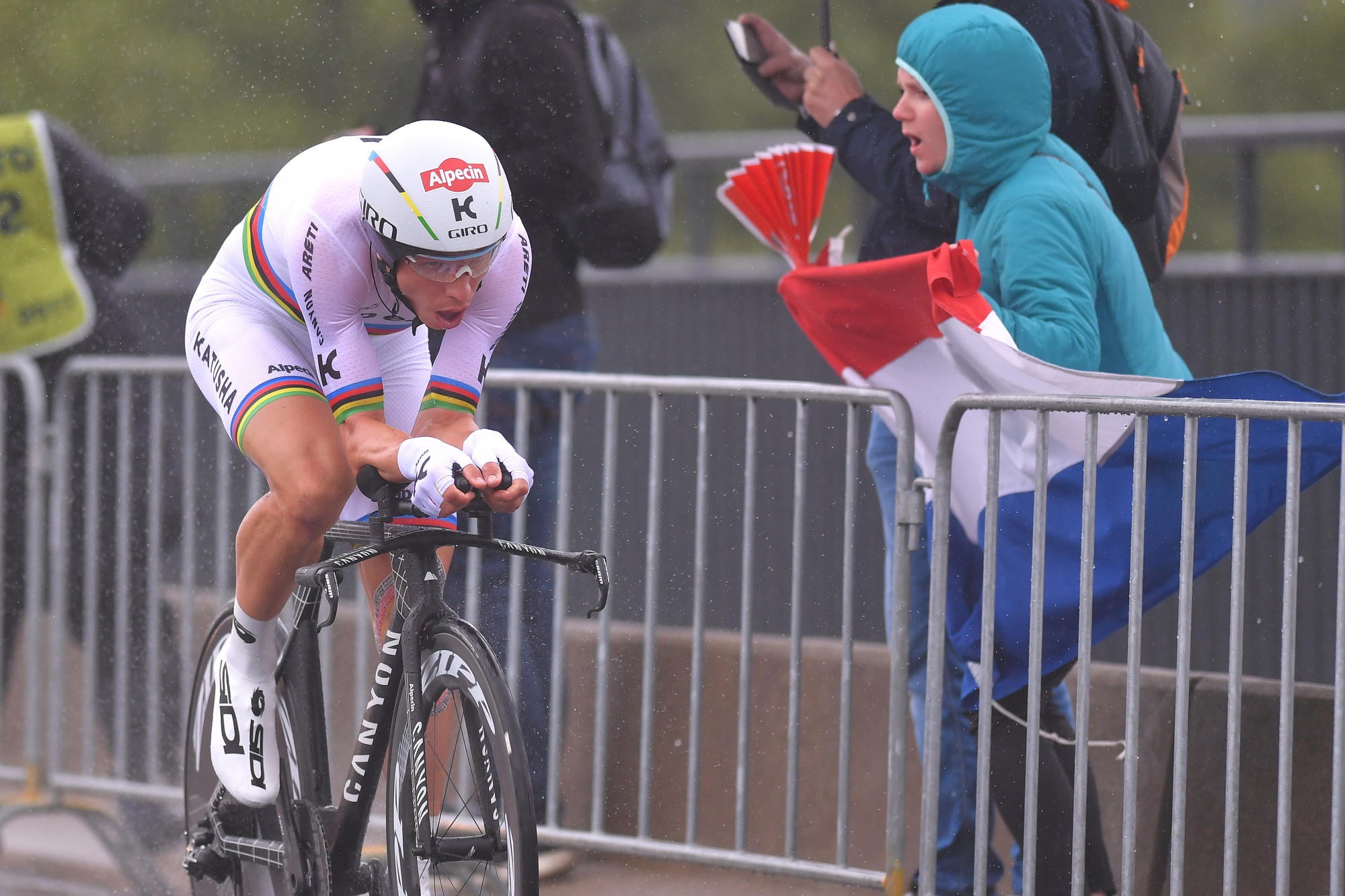
We have to look back to 2017 for the first heavy-weight use of a 1x time trial bike, in the shape of Tony Martin. In stage one of the 2017 Tour de France, Martin used a prototype road narrow-wide chainring, which would hopefully alleviate the chain-dropping woes that Millar experienced all those years ago.
It wasn't quite good enough for Martin to grasp victory, with the German time trial specialist finishing 4th, just 8 seconds behind Geraint Thomas, but it was certainly a proof of concept with no mechanicals encountered.
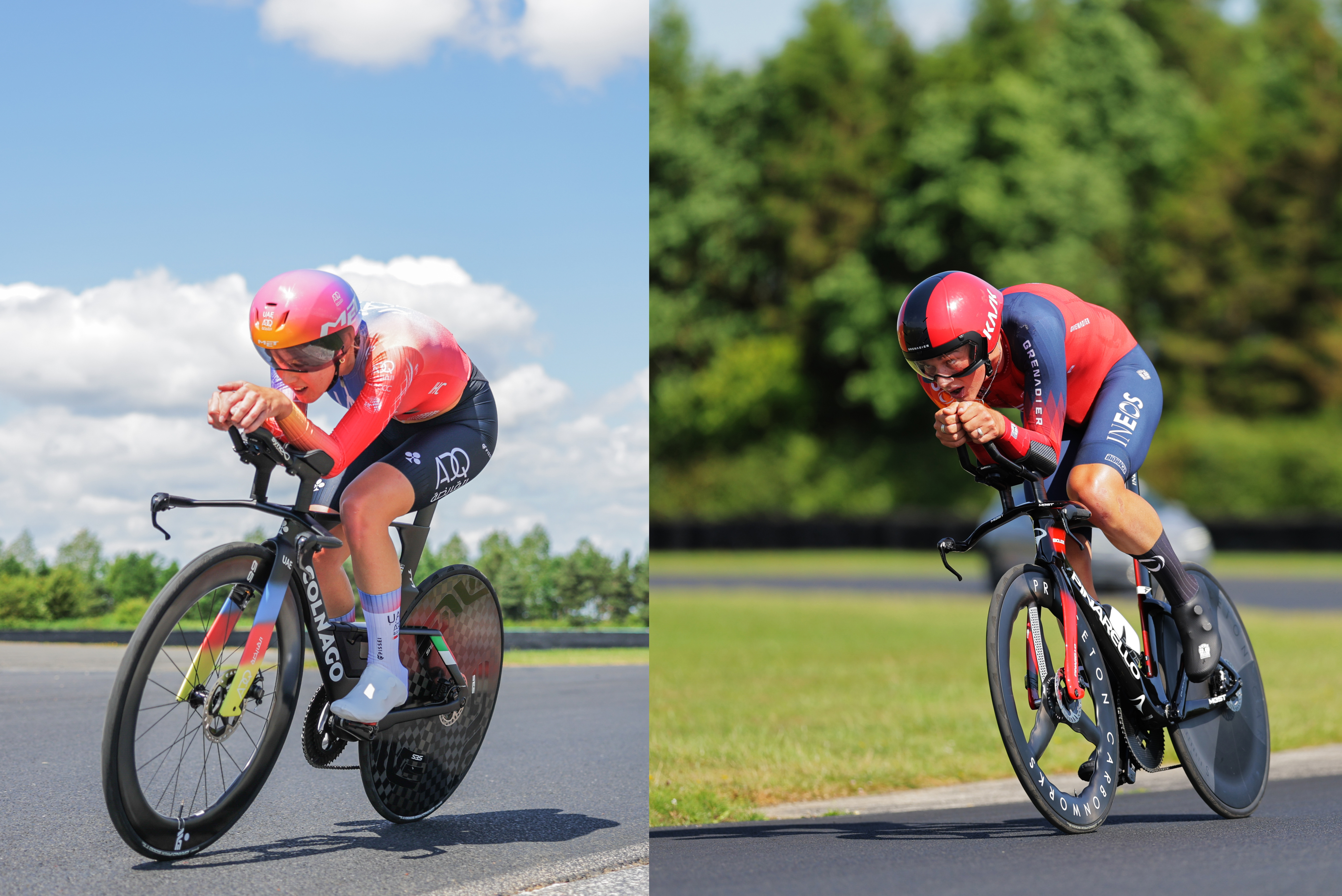
In the years since then, more and more teams have adopted 1x setups for time trial bikes, great examples being Lizzie Holden and Josh Tarling, who stormed to their respective victories at the British National Time Trial Championships earlier this year, both aboard 1x time trial setups.
Is 1x here to stay?
The big question really then, is whether 1x technology is here to stay. Currently, only Jumbo-Visma is using 1x technology on the road, but I think we could start to see other teams follow suit - so yes, it probably isn't going anywhere anytime soon.
The adoption of 1x technology comes down to two things - the technology available, and the application of said technology.
Jumbo-Visma has brought the same application protocol to the road that many teams have used with time trials. By this I mean they have only used 1x bikes in strategic points during races, where the extra weight saving or aerodynamic advantage can be gained without the hindrances we mentioned above. This meticulous approach, in my view, is why they have been able to use 1x effectively - even if, arguably, it nearly cost Roglic the Giro d'Italia.
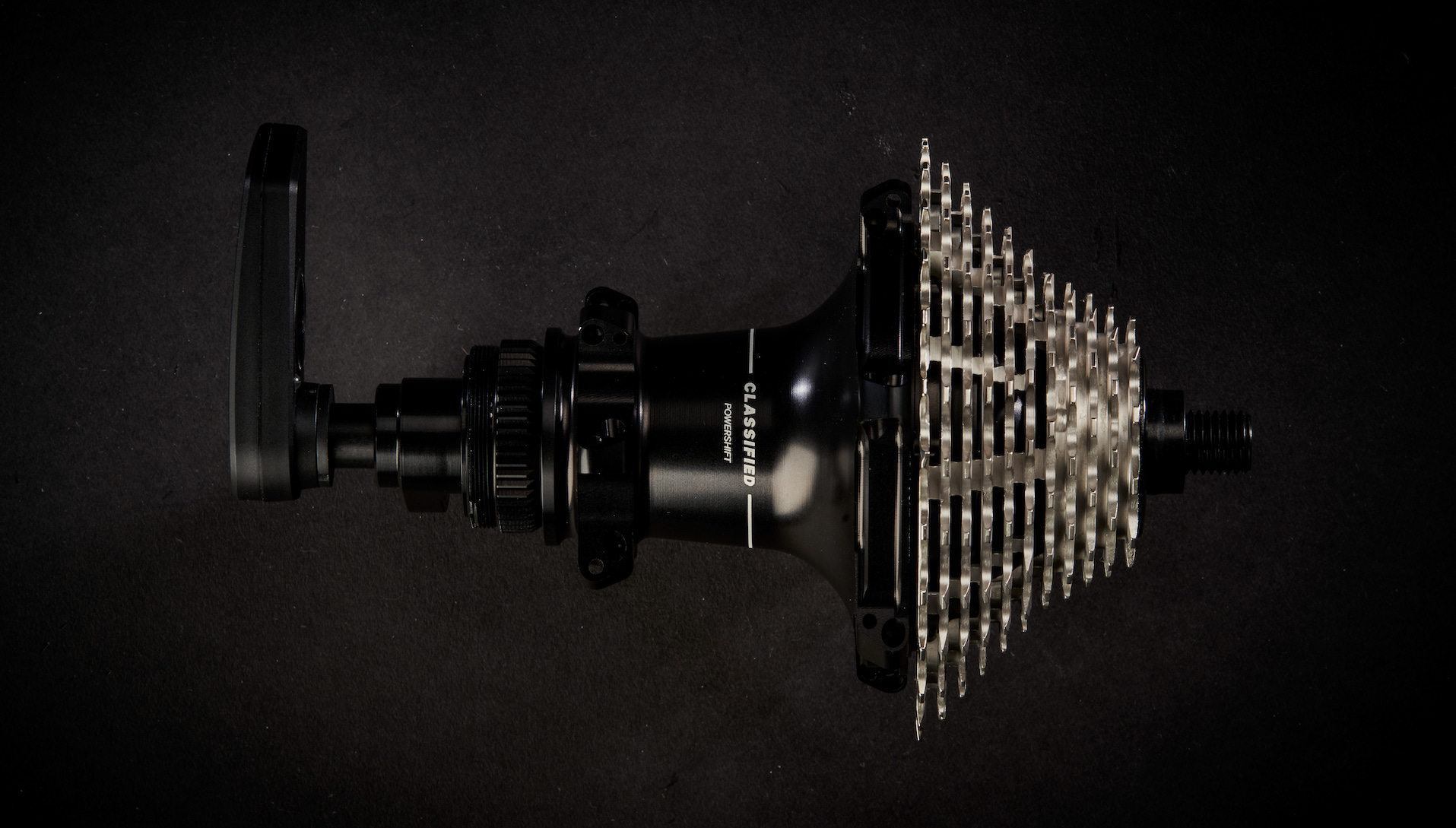
Where things get interesting though, is that as technology develops further, I think we will start to see the drawback list of 1x setups reduce.
Take Classified for example. They make a two-speed hub gear that sits within your rear wheel. We reviewed the Classified Powershift Hub and were pleasantly surprised by the performance it offered, but price and refinement we think, prevent it from being mainstream.
Technology like this, however, as development continues would allow for efficient 24-speed systems, with most, or even all of the benefits of a 1x drivetrain. Whether you can strictly call this a 1x setup is probably up for debate but we think this passes.

Joe is Cycling Weekly's former tech writer. He's always had a love for bikes, since first riding a two wheeled steed before the age of four. Years down the line, Joe began racing at 16, and enjoyed great experiences internationally, racing in Italy, Spain and Belgium to name a few locations. Always interested in tech, Joe even piloted his Frankenstein hill climb bike to a Junior National Title in 2018. After taking a step back from elite level racing in April 2022, Joe joined our team as a freelancer, before becoming Tech Writer in May 2023.